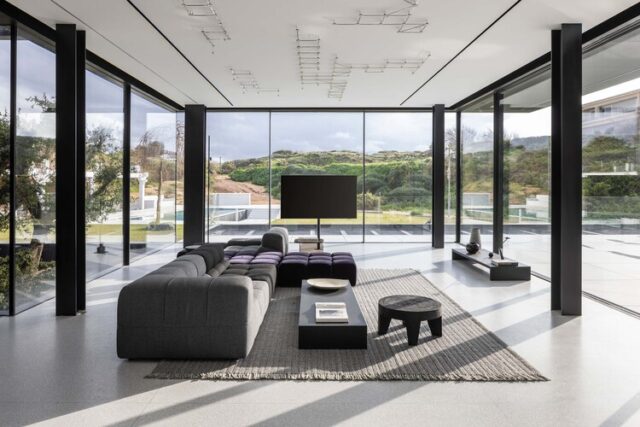
Minimalism in architecture can be defined as a design approach that prioritizes simplicity, functionality, and the use of various natural elements. This philosophy promotes the idea that designs should be stripped down to their most basic and necessary components, eliminating unnecessary ornamentation or embellishments. Minimalist architecture emphasizes the structure and form of a building, focusing on the beauty and functionality of its bare, essential elements. The importance of understanding minimalism within modern architecture cannot be overstated. Not only does it challenge us to reconsider the elements we deem necessary in our built environments, but it also plays a primary role in promoting sustainability and mindful consumption by reducing waste and excess.
Historical Overview of Minimalism in Architecture
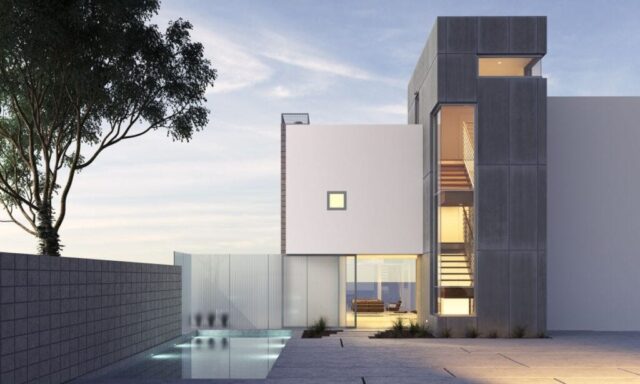
Origins of Minimalism in Architecture
The origins and development of minimalism in architecture can be traced back to the early 20th century, influenced heavily by the De Stijl and Bauhaus m ovements. Early advocates like Le Corbusier, with his “machine for living” philosophy, and Ludwig Mies van der Rohe, with his dismissal of unnecessary adornment, paved the way for minimalist principles that highlighted the functionality and simplicity of design. The influence of traditional Japanese architecture, known for its emphasis on simplicity, natural materials, and clean lines, also played a significant role in contributing to the minimalist approach.
Key Figures of Minimalism in Architecture
Key figures within the minimalist architecture movement include the likes of Ludwig Mies van der Rohe, whose design aesthetic centered around the maxim “less is more.” Another architect, John Pawson, is renowned for his minimalist designs that marry simplicity with luxury. Those early pioneers set the basis for minimalism in architecture we see today. A comparison of early minimalist architecture and modern minimalism in architecture shows a shift in focus: while the earlier movement sought to break away from ornamentation and unnecessary detail, modern minimalism tends toward making the best use of space and emphasizing sustainability, thanks to technological advances and changing societal values.
Principles of Minimalism in Modern Architecture
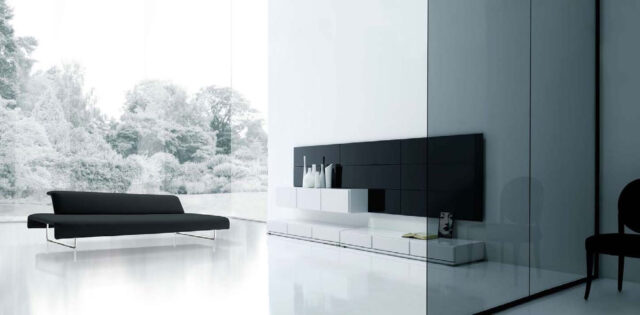
Elimination of Ornamentation
Minimalism in modern architecture is all about streamlined forms and the elimination of ornamentation. This design principle utilized by a modern residential architect hinges on the belief that simplicity is the ultimate sophistication. Architectural elements in minimalist designs are reduced to their most basic shapes, with clear lines, simple geometric forms, and monochromatic color schemes often playing a prominent role. Any forms of decorative embellishment are viewed as unnecessary and thus, removed. The resulting sleek, simplified forms are not only pleasing to the eye but are easier to construct and maintain.
Functionality
Another fundamental principle of minimalist architecture is the emphasis on functionality and practicality over aesthetics. Every component of a minimalist design is there for a reason, serving a specific practical purpose. This concept leads to open, flexible spaces, aiming to improve the quality of life for the occupants. Likewise, minimal use of materials and color is another hallmark. Not only is this strategy cost-effective and environmentally friendly, but it demonstrates the minimalist ethos of “less is more.” The sparse use of color, typically neutral or monochromatic schemes, aids in creating a serene, peaceful, and focused environment.
Impact and Significance of Minimalist Architecture
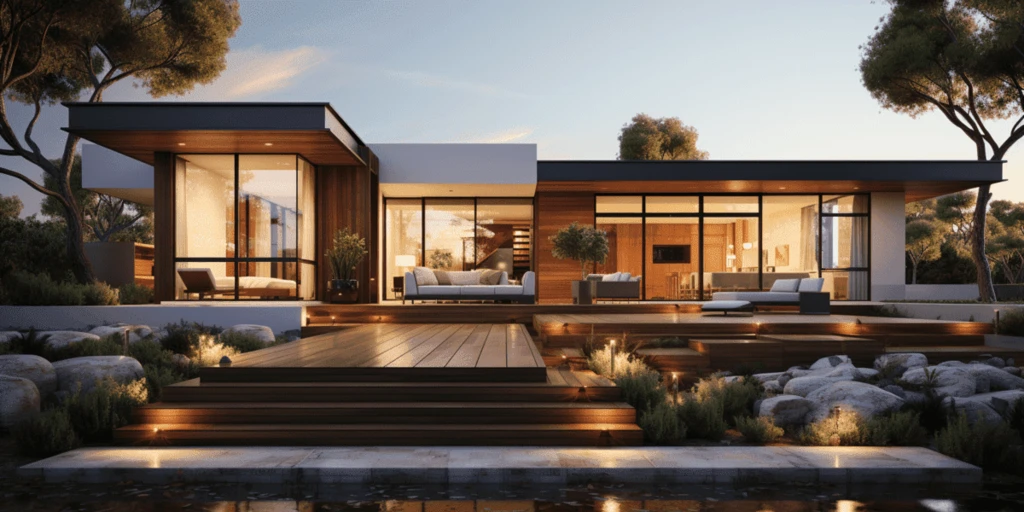
The influence of minimalist architecture is not confined to standalone structures but has significantly impacted other architectural styles and movements. The principles of minimalism have integrated into various architectural trends, urging a push towards simplicity, functionality, and the elimination of excess. The Zen-inspired focus on the aspect of rooms and buildings in minimalist design has encouraged other architectural styles to reevaluate their use of decorative or non-functional elements.
In terms of modern and contemporary applications, minimalist architecture has proven to be more than just an aesthetic choice. It is a suitable response to the rise of urban living spaces where maintaining balance and space efficiency is a necessity. Incorporating both style and practicality, minimalist architecture has transformed cluttered urban domiciles into serene, spacious abodes. Beyond this, the personal and social benefits of minimalist architecture are manifold. On a personal level, minimalist spaces can yield tranquility and less cognitive clutter, enhancing one’s mental wellbeing. Socially, minimalism encourages a more sustainable lifestyle by prioritizing necessities over luxuries, thereby promoting an environmentally-conscious approach in our daily lives.
The Future of Minimalism in Architecture
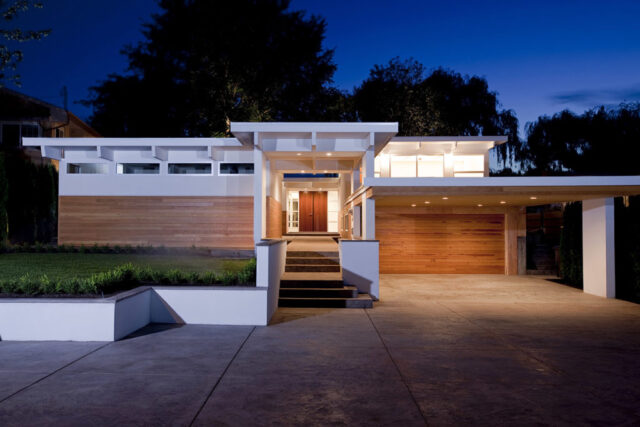
Current trends in the architectural sphere indicate an interesting future for minimalism. With the increased push for space efficiency in urban areas and the rising popularity of “tiny house” movements, minimalism seems poised to continue gaining momentum. Modern lifestyles lend themselves to functional, streamlined living, suggesting that the principles of minimalist architecture are more relevant than ever. As we strive to minimize our carbon footprint, future directions of minimalist architecture are likely to incorporate increasingly sustainable elements.
The transformation of minimalism in architecture is likely to intertwine with other design movements. For instance, emerging fields like biophilic design, which seeks to incorporate natural elements into modern architecture, may merge with minimalist principles to create spaces that are not only simple and functional, but also environmentally aligned. Minimalism’s place in the sustainable and green architecture movement is profound. It champions the notion of ‘less is more,’ advocating for minimal material use, efficiency, and functionality. Consequently, it fosters a design approach that inherently respects environmental boundaries, promoting a future where architecture and sustainability harmoniously coexist.
Minimalism in modern architecture embodies a powerful blend of elegance, functionality, and sustainability. It not only transforms our living spaces into serene, clutter-free environments but also empowers us to live more mindfully and ecologically. As we move forward, the principles of minimalist architecture remain a significant guide towards creating more sustainable, meaningful, and harmonious spaces.






